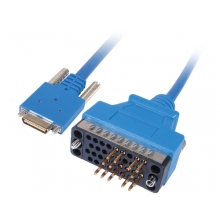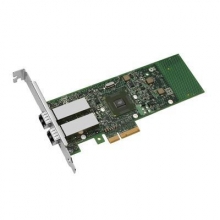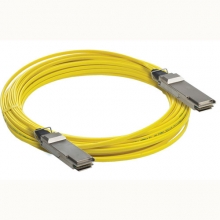- Optical Transceivers
- SFP+ Transceivers
- XENPAK Transceivers
- XFP Transceivers
- X2 Transceivers
- SFP Transceivers
- Compatible SFP
- 3Com SFP
- Alcatel-Lucent SFP
- Allied Telesis SFP
- Avaya SFP
- Brocade SFP
- Cisco SFP
- D-Link SFP
- Dell SFP
- Enterasys SFP
- Extreme SFP
- Force10 SFP
- Foundry SFP
- H3C SFP
- HP SFP
- Huawei SFP
- Intel SFP
- Juniper SFP
- Linksys SFP
- Marconi SFP
- McAfee SFP
- Netgear SFP
- Nortel SFP
- Planet SFP
- Q-logic SFP
- Redback SFP
- SMC SFP
- SUN SFP
- TRENDnet SFP
- ZYXEL SFP
- Other SFP
- FE SFP
- GE SFP
- OC3 SFP
- OC12 SFP
- OC48 SFP
- Copper SFP
- CWDM SFP
- DWDM SFP
- BIDI SFP
- Fiber Channel SFP
- Multi-Rate SFP
- SGMII SFP
- Compatible SFP
- GBIC Transceivers
- Passive Components
- Networking
- Cables
- Equipments
- Tools
- Special Offers


Cloud Computing and Storage
Cloud Computing differs from On-Premises (traditional) Computing in that the customer rents or leases the use of the IT equipment on a per usage basis rather than design, purchase, install, and maintain the IT equipment and software as well as pay the operational costs like cooling and power. Further, the customer controls the provisioning, modification and termination of the use of this equipment. However, the key difference is multi-tenancy in that the computing resources are shared by customers.
One of the major downsides to Premises Computing is that in designing the data center, the customer must over-provision resources to allow for the highest usage scenario, which can be several times the resources typically needed. Multi-tenancy allows multiple customers to share the same resources thus mitigating the need for over provisioning and allowing for a potentially lucrative business model. Cloud Storage uses the same multi-tenant business model. When Google offers a free email account with 7 GBs of storage, it sound like a lot, but the vast majority of people use far less than 1 GB. Some Cloud Storage business models will reserve a specified amount of storage of a particular type (e.g. 1,000 GBs of Fibre Channel storage), and although the customer can be assured that no one else will use and possibly corrupt this reserved storage, these options will be costly as there is no sharing of the storage resources.



















































